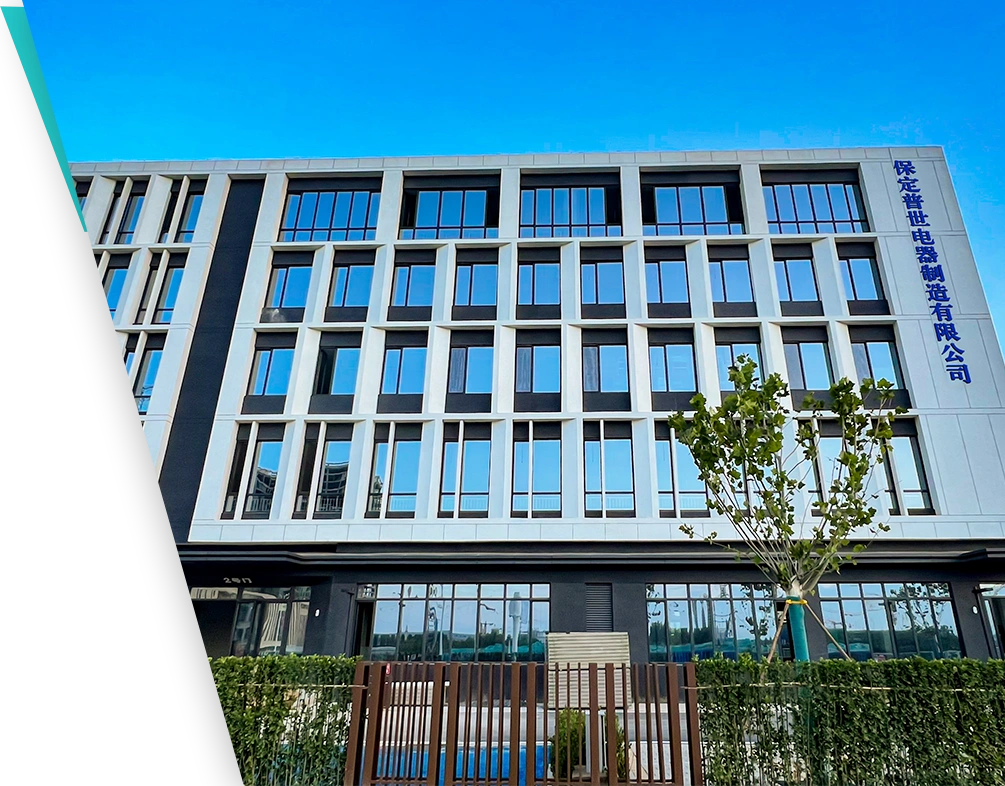 English
English


Innovations in Gas Chromatography Techniques for Enhanced Analytical Efficiency and Precision
Understanding Gas Chromatography Principles and Applications
Gas chromatography (GC) is a powerful analytical technique widely used in chemical analysis to separate and identify compounds within a mixture. This method is particularly effective for volatile and semi-volatile compounds, making it indispensable in fields such as environmental monitoring, pharmaceuticals, food safety, and petrochemical analysis.
The fundamental principle of gas chromatography is based on the partitioning of compounds between a stationary phase and a mobile phase. In GC, the mobile phase is an inert gas, commonly helium or nitrogen, which acts as a carrier for the sample. The stationary phase is typically a liquid or solid material coated onto a solid support found within a column. As a sample mixture is introduced into the chromatograph, it is vaporized and carried by the gas through the column where different components of the mixture interact with the stationary phase to varying degrees. This interaction leads to differential migration rates, allowing for separation of the components based on their unique chemical properties.
One of the key factors influencing the separation process is the volatility and polarity of the compounds. Compounds with lower boiling points or higher volatility tend to travel faster through the column, while those with higher boiling points or stronger interactions with the stationary phase will be delayed. This differential retention time is crucial for the effective separation of compounds, enabling the identification of individual components in the mixture.
gas chromatograph

The end of the column is connected to a detector, which provides a measurable output in response to the compounds emerging from the column. The most common detectors used in gas chromatography include flame ionization detectors (FID), thermal conductivity detectors (TCD), and mass spectrometers (MS). Each detector has its advantages and limitations, influencing the choice of detection method based on the specific requirements of the analysis.
Gas chromatography serves numerous applications across various industries. In environmental science, it is used to analyze air, water, and soil samples for pollutants and hazardous substances. In the pharmaceutical industry, GC is employed to ensure the purity and quality of drug substances by identifying residual solvents and impurities. Food safety regulations also rely on GC for detecting pesticide residues, flavor compounds, and other additives in food products. Additionally, the petrochemical industry utilizes GC to characterize complex mixtures of hydrocarbons, aiding in the quality control of fuels and lubricants.
The advent of modern advancements in gas chromatography, including the integration of automated systems and sophisticated software for data analysis, has further enhanced its efficiency and accuracy. Coupled techniques, such as gas chromatography-mass spectrometry (GC-MS), provide even greater sensitivity and specificity in compound identification, making it an essential tool for researchers and analysts.
In conclusion, gas chromatography is a critical analytical method that facilitates the separation and analysis of volatile compounds in a myriad of applications. Its principles of partitioning, coupled with advanced detection technologies, allow for precise and reliable results which are vital to ensuring safety, quality, and compliance across many sectors. As the demands for analytical capabilities continue to grow, gas chromatography will undoubtedly remain at the forefront of chemical analysis methodologies.
-
Differences between open cup flash point tester and closed cup flash point testerNewsOct.31,2024
-
The Reliable Load Tap ChangerNewsOct.23,2024
-
The Essential Guide to Hipot TestersNewsOct.23,2024
-
The Digital Insulation TesterNewsOct.23,2024
-
The Best Earth Loop Impedance Tester for SaleNewsOct.23,2024
-
Tan Delta Tester--The Essential Tool for Electrical Insulation TestingNewsOct.23,2024





